Healthcare providers can enhance their onboarding process through this Integrating New Employees in Healthcare Training. This course teaches how to familiarize new employees with the organization’s mission, vision, and values while ensuring they understand critical policies. Participants will learn the importance of clear communication and employer responsibilities in creating a supportive work environment. By mastering these skills, healthcare professionals can improve employee engagement, retention, and overall team performance, leading to better patient care.
What You Will Learn:
- Critical policies that must be reviewed with employees
- The importance of clear communication with new employees
- Employer responsibilities
Details:
Course length: 20 minutes; CME: 0.25
Languages: American English
Key features: Audio narration, learning activity, and post-assessment.
American Medical Compliance is accredited by the Accreditation Council for Continuing Medical Education (ACCME) to provide continuing medical education to physicians. Our Continuing Medical Education (CME) program is committed to enhancing the knowledge, skills, and professional performance of healthcare providers to improve patient care outcomes. Through high-quality educational activities, we aim to address the identified educational gaps and to support the continuous professional development of our medical community. American Medical Compliance designates this activity for a maximum of 0.25 AMA PRA Category 1 Credits. Physicians should only claim this credit for their complete participation in this activity.
Get Certified
American Medical Compliance (AMC) is a leader in the industry for compliance, Billing, and HR solutions. To become certified, please visit us at: American Medical Compliance (AMC).
Reach out for other courses by visiting the AMC Course Library.
Role Specific Training
Hiring Supervisor
The onboarding process is the primary responsibility of hiring supervisor. The hiring supervisor must be proactive and engaged in facilitating the employee’s successful integration into the organization from start to finish. Prior to arrival of the new employee and throughout the first year, the supervisor’s responsibility is to:
- Establish regular communication with the new employee
- Provide a department-specific comprehensive training plan to ensure proficiency in job tasks and organizational norms
- Provide clear expectations, direction, coaching, and performance feedback
- Connect the new employee with key information, resources, and people within the organization
Healthcare providers can strengthen their onboarding practices through this course. The course highlights the hiring supervisor’s key role in ensuring a smooth transition for new employees. Supervisors must actively guide integration by maintaining regular communication, providing a structured training plan, setting clear expectations, and offering ongoing feedback. They also connect new hires with essential resources and personnel. By mastering these responsibilities, healthcare leaders can improve employee retention, job proficiency, and overall team effectiveness, ultimately enhancing patient care and organizational success.
Team Assimilation
Teams are expected to produce results, but performance is hindered when team members do not work well together.
A collaborative team environment is essential for the team’s success.
A team is defined as a group of people working together toward a common goal. Without a goal, there is no team.
Ideas for creating a common goal include:
- Create and/or review the team’s charter.
- Discuss why the team exists.
- Allow each team member to express commitment.
- Create mottoes, symbols, awards, or posters that portray the team as one unit.
- Use the common purpose to prioritize team actions.
Healthcare providers can enhance teamwork and improve outcomes through this training. This course emphasizes the importance of a shared goal in fostering a strong, results-driven team. Participants will learn strategies to create a common purpose, such as developing a team charter, clarifying the team’s mission, and encouraging individual commitment. By using symbols, awards, and shared values, teams can strengthen their unity and prioritize actions that align with their purpose. A collaborative team environment leads to better communication, efficiency, and ultimately, improved patient care.
Job Responsibilities
Position Information
- Review job description, work plan, training requirements and expectations.
- Provide a general overview of the unit/division/department mission and how the employee fits.
- Discuss work schedule, breaks and lunch.
Healthcare providers can improve employee onboarding through this Integrating New Employees in Healthcare Training. This course teaches how to clearly define job responsibilities, review position details, and set expectations from day one. Participants will learn to provide an overview of the unit’s mission, explain how each role contributes to success, and discuss work schedules, breaks, and training requirements. By ensuring employees understand their responsibilities and workplace structure, healthcare organizations can enhance engagement, productivity, and retention, leading to better team performance and patient care.



